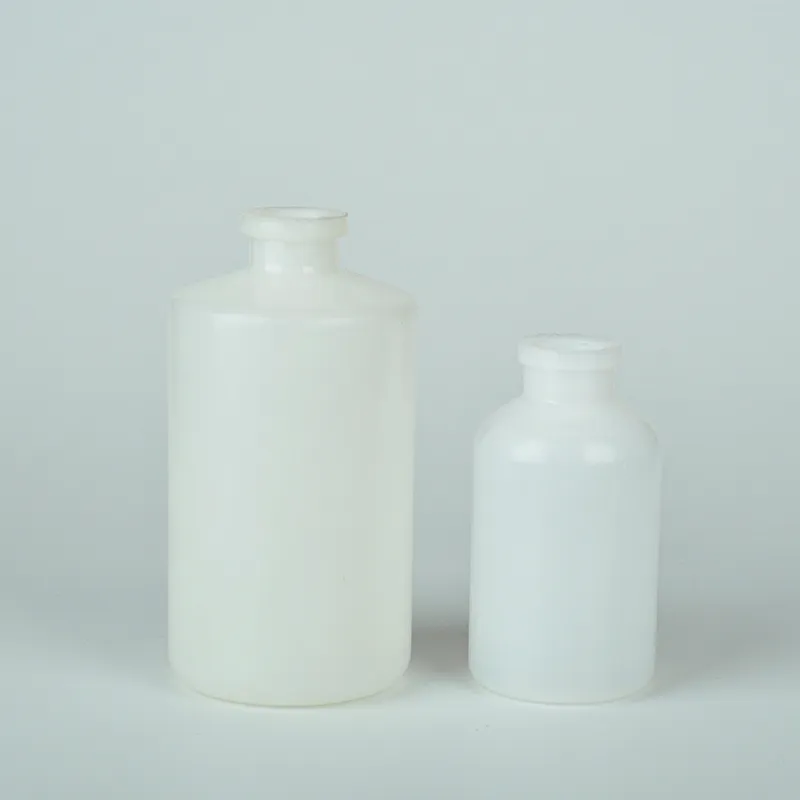plasma separator tube color
Understanding Plasma Separator Tube Colors A Guide for Lab Professionals
In the realm of clinical laboratories, the proper handling and analysis of blood samples are paramount for accurate results and effective patient care. One critical aspect of blood sample preparation is the use of plasma separator tubes. These tubes come in various colors, each indicating a specific additive or function related to the blood sample's processing. Understanding the significance of these colors can enhance a laboratory professional’s efficiency and the reliability of test results.
The Importance of Color Coding
Color coding in laboratory equipment serves as a quick reference system. It allows lab professionals to identify the purpose of each tube at a glance, minimizing the risk of errors in sample collection and processing. Plasma separator tubes are typically identified by a colored cap, which corresponds to an internal composition of additives that facilitate various testing methods.
Common Colors and Their Functions
1. Red/Gray and Red These tubes typically contain no additives and are often referred to as serum tubes. They are utilized for serum collection after blood has been allowed to clot. The red/gray tubes may have a serum separator gel, which helps to separate the serum from the cellular components after centrifugation.
2. Light Blue Light blue tubes contain sodium citrate, an anticoagulant used primarily for coagulation studies. These tubes require precise filling to maintain the correct ratio of blood to citrate, which is critical for accurate results in tests such as PT (prothrombin time) and APTT (activated partial thromboplastin time).
plasma separator tube color

3. Green Green tubes are often used for plasma determination and contain heparin as an anticoagulant. They are favored for tests requiring immediate analysis since heparin helps to preserve the sample's integrity and prevent clotting without the interference that some other anticoagulants might introduce.
4. Lavender Lavender tubes contain EDTA (ethylenediaminetetraacetic acid) and are primarily used for hematology tests. The chelation of calcium by EDTA prevents clotting, making this tube ideal for complete blood counts (CBC) and blood smears. Proper mixing is vital, and samples must be gently inverted several times to ensure thorough mixing with the additive.
5. Gray Gray tubes often contain sodium fluoride and potassium oxalate, serving as an anticoagulant and preservative. They are predominantly used for glucose testing, as fluoride inhibits glycolysis, helping maintain accurate glucose levels in the sample.
Implications for Lab Management
Understanding the implications of using the correct tube is not just limited to obtaining accurate test results; it also affects overall laboratory management and patient outcomes. Errors in tube selection or filling can lead to repeat testing, delayed diagnoses, and added stress on patients waiting for results. It’s essential for lab professionals to undergo regular training and stay updated with any changes in protocols or tube formulations.
Conclusion
In summary, the color of plasma separator tubes plays a crucial role in laboratory operations, serving as an essential identifier that guides professionals in the correct handling and processing of blood samples. By understanding the significance attached to each color-coded tube, lab professionals can streamline their workflow, reduce errors, and ultimately provide better patient care. As the demand for laboratory services continues to grow, maintaining a rigorous system for tube identification and utilization will be a cornerstone of operational excellence in any clinical setting. Whether you are a seasoned technologist or a newcomer to the field, mastering the nuances of blood sample collection and processing is fundamental to contributing positively to patient health outcomes.
-
Aesthetic Makeup Spray Bottles | Fine Mist Empty RefillableNewsAug.19,2025
-
White Plastic Veterinary Vaccine Vials | Lab Liquid BottlesNewsAug.18,2025
-
Plastic Medicine Liquid Bottle: Secure Flip Top Drug VialsNewsAug.17,2025
-
Durable 250ml Blue Plastic Vaccine Vial for Lab & Vet UseNewsAug.16,2025
-
Sterile Virus Sample Tubes: Secure & Reliable Specimen CollectionNewsAug.15,2025
-
White 250ml Plastic Vaccine Vial for Lab & Vet MedicineNewsAug.14,2025
























